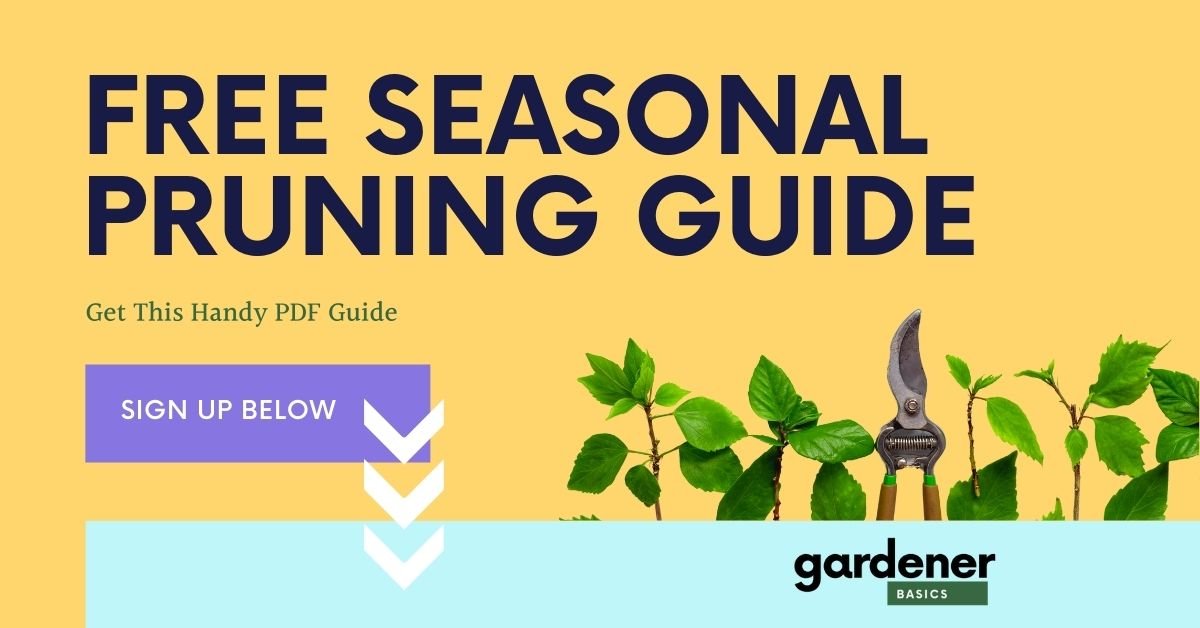Soil 101: Identifying Your Garden's Soil Type
Soil Types
Gardening is a rewarding endeavor, but for those who are just starting out, it can sometimes feel a bit overwhelming.
One of the most crucial aspects to grasp when embarking on your gardening journey is understanding your soil type. It's the foundation upon which your garden grows and thrives.
The goal of this article is to break it down and simplify it so that anyone, even those with no prior experience, can easily identify their soil type and make informed decisions about what will grow best in your location.
Let's dive in!
Why is Soil so Important?
Imagine you're building a house. You wouldn't start by choosing the color of the curtains or deciding on the type of roof tiles, would you?
No, your first step would be to lay down a solid foundation. A strong, stable base upon which the rest of the house can stand securely.
The soil in your garden is much like this foundation. It's the groundwork that supports all the plant life in your garden.
Just as a house needs a sturdy base to withstand wind, rain, and time, your plants need healthy soil to grow, thrive, and resist diseases and pests.
You could have the most beautiful rose bush or the tastiest tomato plant, but without the right soil, they won't reach their full potential, much like a house built on shaky ground.
Soil is not just the 'dirt' beneath our feet; it's the life-giving, nutrient-rich medium that feeds our plants. In essence, soil is to plants what a foundation is to a house - utterly crucial for success.
Understanding Soil Basics
Soil is composed of minerals, organic matter, water, and air.
Minerals:
Soil is primarily composed of different types of minerals, such as sand, silt, clay, and rock particles.
These minerals provide the structure and stability for plants to grow their roots and anchor themselves into the ground.
Minerals also contain essential nutrients like nitrogen, phosphorus, and potassium, which are crucial for plant growth.
Organic Matter:
Organic matter is the decaying remains of plants and animals. It is a vital component of soil as it contributes to its overall health and fertility.
Organic matter helps to retain moisture in the soil, provides essential nutrients for plants, and improves soil structure by increasing its ability to hold onto air and water. Organic matter can help you improve your soil.
Water:
Water is essential for plant growth as it helps to transport nutrients from the soil to the plant's roots.
The type of soil you have can directly affect how much water it can hold.
Air:
Plants need oxygen to survive, and so does the soil they grow in. Air pockets in the soil provide the necessary oxygen for plant roots to function correctly.
Compacted soils, such as clay, have fewer air pockets and can suffocate plant roots.
Now that you know that soil is complex and made up of various components, let's dive into the different soil types.
The 4 Main Soil Types
There are four main types of soil: sand, silt, loam, and clay. These soils differ in texture and composition, which directly affects their ability to retain water and nutrients.
Sand
Sandy soils are gritty and coarse, with particles that do not stick together. It is light, easy to dig, and rich in oxygen.
When wet, it feels granular and quickly falls apart when squeezed in your hand.
This type of soil is well-aerated and has good drainage, but it tends not to retain water and nutrients which can make it very challenging to grow plants.
Sand
Clay
Clay soils have small particles that stick together, forming a dense and compact structure. It is heavy and hard to dig. It contains very little space for oxygen.
This type of soil tends to be high in nutrients and can hold onto water very well, but its slow drainage can lead to problems with root rot.
Clay soil will stay wet for a long time and when it does dry out, the soil is hard.
Clay
Silt
Silt has excellent water absorption capabilities, but its small grain size causes it to lose its shape quickly when wet.
Despite this, silt is abundant in nutrients and offers superior drainage compared to clay soil.
Silt
Loam
Loam is considered the ideal soil type as it contains a balanced combination of sand, silt, and clay. This unique balance provides optimal drainage while also retaining essential nutrients for plant growth.
Loam soils are typically dark in color, indicating a high level of organic matter, which helps to improve its overall structure and fertility.
Gardeners often consider loam to be the "Goldilocks" of soils - not too sandy, not too clayey, but just right for a wide variety of plants to thrive.
Loam
Important Note About Soil Type
Soil can vary by location and it is possible to have different areas in your yard that contain different types of soil. It is important to test your soil in multiple locations to get a better understanding of its composition.
So now that you understand the different types of soil in the next post I'll teach you how to test your soil to determine what type you have.
Pin it for Later!
If you have any questions, feel free to leave them in the comments section below!

















